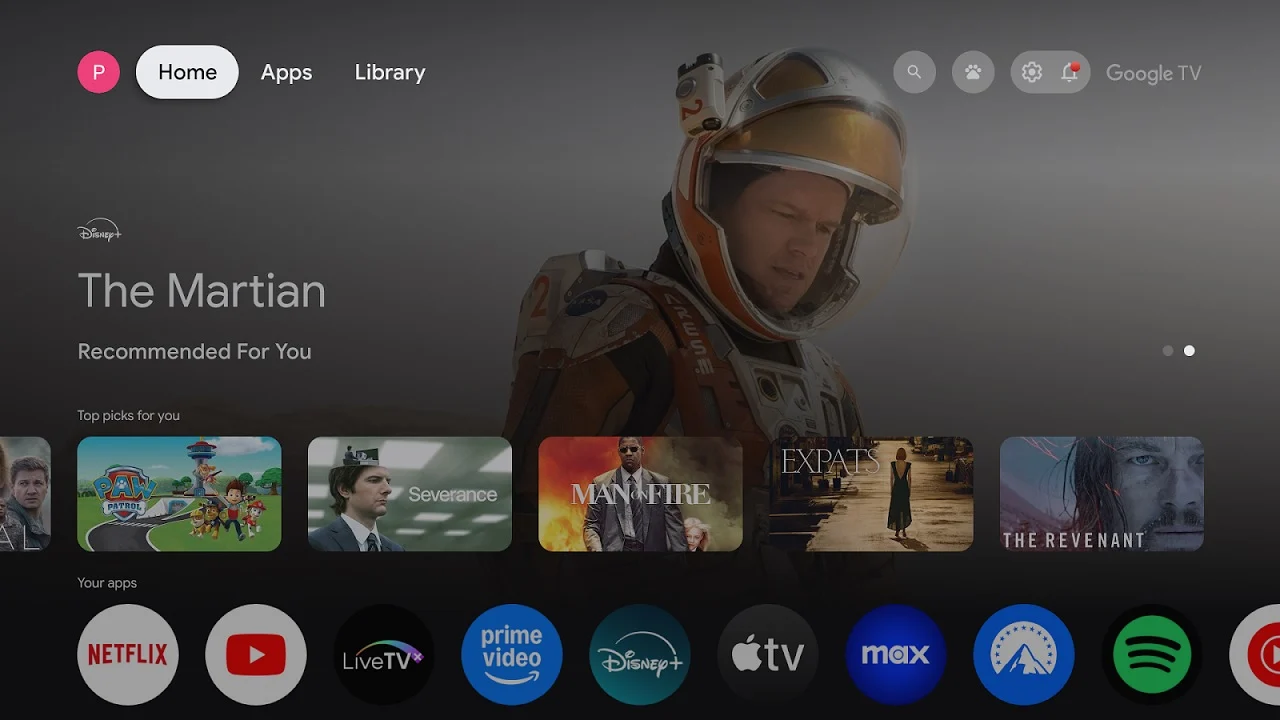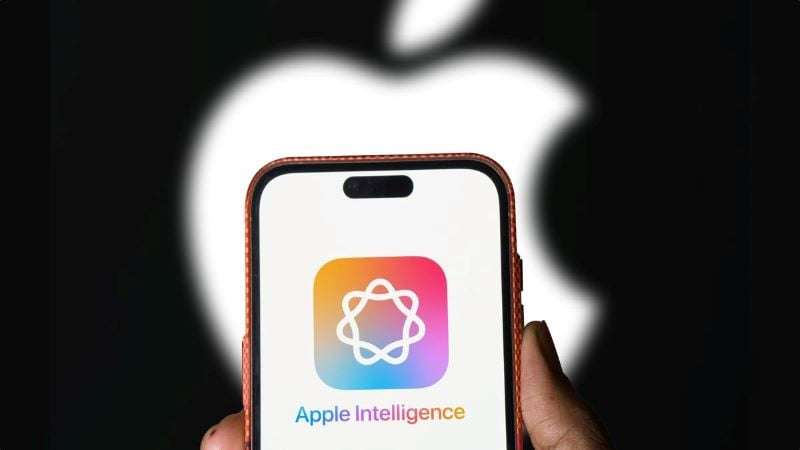In an industry where rapid technological advancements are the norm, Google’s decision to shift the Android TV OS to a bi-yearly update cycle is a significant change. Originally, Android TV updates were released annually, with new versions aimed at enhancing user experience, adding features, and keeping up with emerging trends. However, starting in 2026, Google plans to move to a more spaced-out release schedule, which could fundamentally alter the landscape of smart TVs.
Android TV OS: Moving to a Bi-Yearly Update Schedule
Why the Change? Understanding the Shift
The main driving force behind this decision is the difference in consumer behavior between smartphones and smart TVs. Unlike smartphones, which are replaced or upgraded relatively quickly — typically every two to three years — TVs are long-term investments. The average consumer holds on to their television for five to ten years before upgrading, and when they do, the focus is usually on factors like screen size, display quality, and price, rather than on the underlying software.
The Advantage of Fewer Updates
For many users, the operating system of a smart TV doesn’t have the same urgency as it does in smartphones. TV OS updates often focus on adding new streaming services, media codecs, or small interface improvements rather than introducing entirely new features. This shift to bi-yearly updates will not only allow Google to allocate resources elsewhere but will also provide stability for TV manufacturers. No longer will there be the pressure of annually releasing updated software to match new devices — a benefit that will reduce costs and streamline the entire product lifecycle.
“The idea behind this change is to deliver quality over quantity,” said a spokesperson from Google, emphasizing that fewer updates doesn’t mean that users will be left without new features or support. It simply means that improvements will be more strategic and less frequent, addressing the most pressing needs.
What This Means for the Android TV Ecosystem
The Role of TV Manufacturers and Partners
In a recent internal conference, Google communicated this shift in the update schedule to its Android TV manufacturing partners. By moving to a bi-yearly update schedule, manufacturers will have more time to plan their hardware releases without the pressure of constantly adapting to new versions of Android TV. This new approach creates a more stable environment for manufacturers, allowing them to focus on hardware innovation and user experience, rather than scrambling to meet the demands of an annual update.
The industry’s shift from annual to bi-yearly updates is also in alignment with broader trends in the tech world, where companies are placing greater emphasis on building cohesive ecosystems of devices. This shift will help Google focus on creating seamless integration across smart home devices, from smart speakers and thermostats to wearable tech and home security cameras.
Key Features to Expect in the 2026 Android TV OS
The Android TV 16 update, slated for release around mid-2026, will be the first in this new bi-yearly update cycle. It will be based on Android 16, which itself is expected to introduce several important features. Key updates that Android TV users can expect include:
- Enhanced Streaming Support: As the streaming industry continues to evolve, so too must the operating system that supports it. Expect Android TV to continue to expand its compatibility with emerging streaming services and media codecs, ensuring that users can access the latest content without issue.
- Integration with Smart Home Devices: With the rise of IoT (Internet of Things) devices, Google is increasingly focusing on creating a seamless experience across all connected devices in a home. Android TV will be fully integrated with Google Home and other smart devices, making it easier for users to control their home environment using just their TV remote.
- User Experience Refinements: While the updates may not come as frequently, they will be more refined. Expect updates to the user interface, better voice search capabilities, and enhanced personalization options.
- Privacy and Security Updates: As always, Google will continue to address any security vulnerabilities with each update. New privacy regulations will also be incorporated into the Android TV system to ensure that users’ data remains secure.
Impact on Consumer Behavior and the TV Market
Long-Term Value of Android TV Updates
The shift to bi-yearly updates might appear to some as a step back for Android TV, but it is actually a response to consumer habits. TVs, after all, are primarily used for media consumption, and consumers don’t typically require the same frequency of software updates that they would for smartphones. Since the hardware of TVs tends to remain functional for many years, there is little pressure to upgrade the software as frequently.
Consumers prioritize the longevity of their devices, and TV manufacturers are starting to realize that frequent OS updates are not as crucial to the consumer experience as they once seemed. With longer lifespans for TVs, manufacturers can focus more on improving the core experience — screen quality, processing power, and connectivity — and less on the need for continuous software updates.
How This Benefits Google
This new strategy provides Google with a more sustainable way to maintain Android TV’s relevance in a highly competitive market. Rather than rushing to release annual updates, Google can take more time to develop features that matter to users. Additionally, by working with manufacturers on a slower update cycle, Google can better coordinate the release of new features with hardware advancements, creating a more synchronized ecosystem of devices.
The focus will shift from the operating system itself to the broader Google-connected experience, encompassing smartphones, wearables, and smart home gadgets. This holistic approach to user experience will allow Google to keep its competitive edge against other smart TV systems, such as Roku and Apple TV.
Challenges and Considerations
What About Users Who Expect New Features?
While the reduction in updates may seem like a benefit in terms of cost and stability, it also poses challenges. Users who are accustomed to regular software updates may feel left behind, especially if they are expecting new features or functionality. However, Google has stated that updates will still be released to address critical issues, including new streaming services, bug fixes, and security updates.
Compatibility with New Devices
As smart TVs continue to evolve and new hardware enters the market, the key concern will be whether Android TV will remain compatible with the latest devices. While Google has emphasized its focus on major updates for stability, it will be essential for the company to ensure that Android TV remains relevant across all devices, especially as the demand for higher-quality displays and next-gen hardware increases.
Conclusion: A More Streamlined Future for Android TV
Google’s decision to transition Android TV to a bi-yearly update cycle represents a pragmatic response to the changing nature of the smart TV market. The new approach allows Google and TV manufacturers to focus on more meaningful updates, reduce costs, and enhance the overall ecosystem. While this may mean fewer updates, the quality of those updates will be more impactful, helping to meet the needs of both consumers and manufacturers. Ultimately, this shift may lead to a more refined, stable, and future-proof Android TV experience.
FAQs
- What is the expected release date for Android TV 16?
- Android TV 16 is expected to launch around mid-2026, based on the upcoming Android 16 operating system.
- Why is Google shifting to a bi-yearly update schedule for Android TV?
- Google is responding to the long-term nature of TV usage, where consumers don’t upgrade their TVs as frequently as smartphones. This will allow for a more stable and cost-effective approach for both Google and manufacturers.
- Will Android TV updates still address new features?
- Yes, while updates will be less frequent, they will still focus on introducing necessary features such as streaming support, new media codecs, and improved smart home integrations.
- How will this affect the user experience?
- The user experience will likely remain stable with fewer updates. However, the updates that do arrive will be more substantial, providing enhancements based on user needs.
- Will Android TV 16 support new devices and features?
- Yes, Android TV 16 will support the latest devices and introduce features such as improved integration with smart home ecosystems and better streaming support.
ALSO READ:
https://flarenews.pk/2024/11/07/pakistan-vs-australia-5-key-talking-points-for-the-must-win-2nd-odi/



